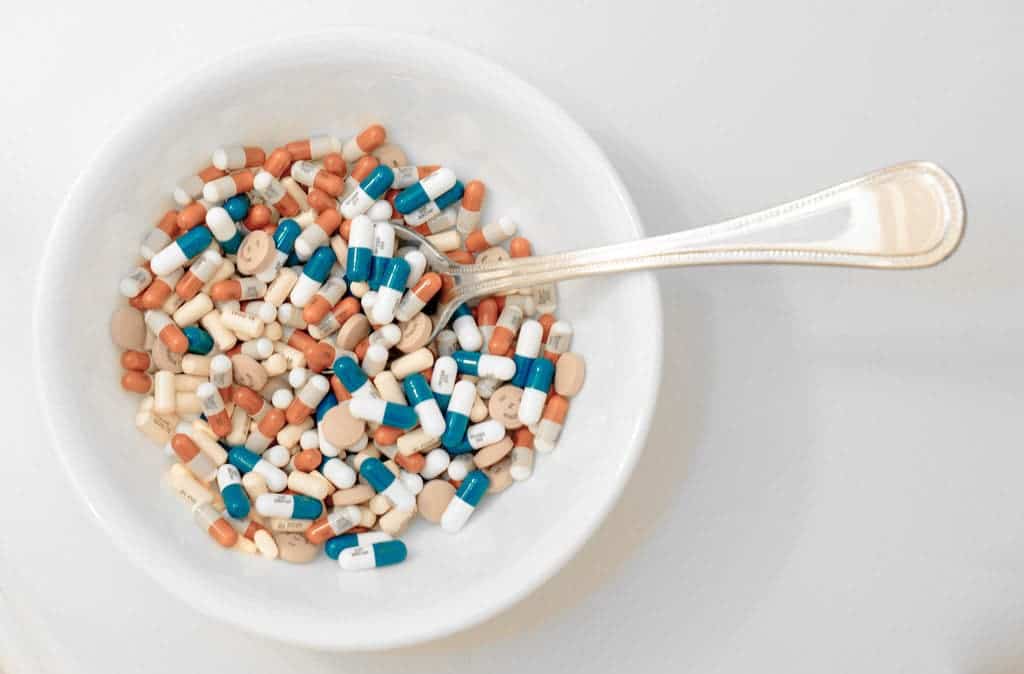Perhaps you don’t think about medication after you take it, but, although we metabolize some of it, some ends up in your urine and feces. After you flush the toilet, the medication makes its way past water treatment plants and into rivers and lakes. Water treatment plants get rid of bacteria and nitrates, but do not filter out pharmaceuticals. These drugs have an effect on organisms that live in the water. This recent study has found that antidepressants make fish act less cautiously around predators.
In Europe and Canada, where there has been a lot of active research on the chemicals in the water, antibiotics, hormones, pain killers, psychiatric drugs, and blood pressure reducers have been found in lakes and rivers. In 1999-2000, researchers from United States Geological Survey tested streams across the USA for 95 different compounds including pharmaceuticals, caffeine, hormones, and antibiotics. They found at least one of these compounds in 80% of streams. One out of ten of every pharmaceutical product produced has been found in the water. Unfortunately, the very qualities that make good drugs, such as acting in small quantities and not being able to degrade easily, make them notorious pollutants.

Although there are so many drugs in the water, we are only beginning to understand their effects on water-dwelling organisms. They may have physical effects on organisms. For example, male fish exposed to birth control medication have started to develop ovaries. Drugs can also affect fish behaviour, especially drugs that are supposed to alter human behaviour. Perch become bolder and more independent when exposed to anxiety medication. Now, Jake Martin, a PhD candidate at Monash University, wanted to see how antidepressants affect fish. He exposed the eastern mosquitofish (Gambusia holbrooki) to levels of the antidepressant fluoxetine that have been found in some water systems. He tested to see how they responded to the threat of a predator.

The fish on anti-depressants were more active in general, even when there was a live predator, and got close to the predator much more quickly than a non-drugged fish. If fish are less cautious around predators, they could be predated on much more easily and potentially, decrease in numbers.
“Exposed fish were less stressed by a simulated predator strike, returning to normal swimming behaviour more quickly. These changes are likely to make them more venerable to being eaten,” Jake says. “More broadly, these findings highlight the potential for pharmaceutical drugs to affect whole ecosystems, by changing the dynamics of predator-prey interactions.”
The main way to solve this problem is to implement water treatment technology that removes the pharmaceutical pollution from the water as well. We already have a technique that works; reverse osmosis would pass water which a semi-permeable membrane that retains the chemicals. However, it is very expensive to implement and governments are hesitant to switch. Filtering out pharmaceuticals is important for all of the organisms that live in water systems, and for us, because we also drink treated water.
Journal reference: Jake M. Martin et al. The psychoactive pollutant fluoxetine compromises antipredator behaviour in fish, Environmental Pollution (2017). DOI: 10.1016/j.envpol.2016.10.010


